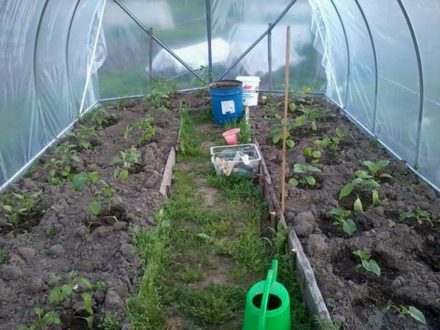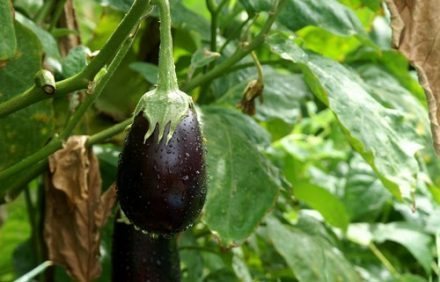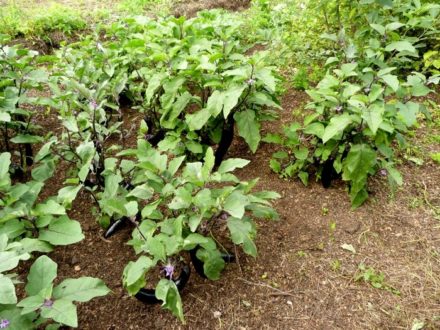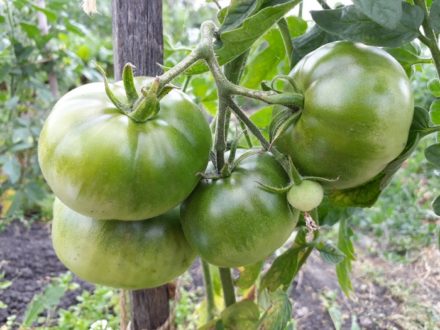The key to a bountiful eggplant harvest is strong seedlings. Its cultivation is complicated by the fact that it is a capricious crop.

Seed selection and preparation
For sowing, you need to buy seeds from time-tested companies. It is better to purchase zoned F1 hybrids. They are disease resistant and guarantee a good harvest.
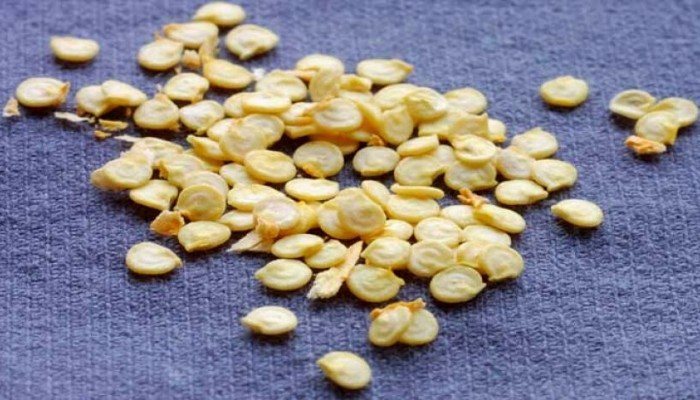
Before sowing, they need to be prepared:
- remove damaged and empty ones. To do this, they are dipped in a salt solution (1 tablespoon per liter of water). Those that float are thrown away, and those that sink are suitable for sowing;
- disinfect;
- treated with biostimulants;
- soak for 2 days.
Thus, germination increases and germination time is reduced.
Priming
To grow seedlings, enriched, loose soil is required. The culture is demanding on nutrition. Does not tolerate soil compaction well.

It is better to buy a special substrate, but you can prepare it yourself:
- mix soil, peat and sawdust (2:1:0.5);
- add superphosphate, ash;
- disinfect.
The main thing is not to have too much nitrogen, which can weaken the seedlings.
Sowing
Seed material is sown with the expectation that when planted in a permanent place, the age of the seedlings should be 55-60 days.
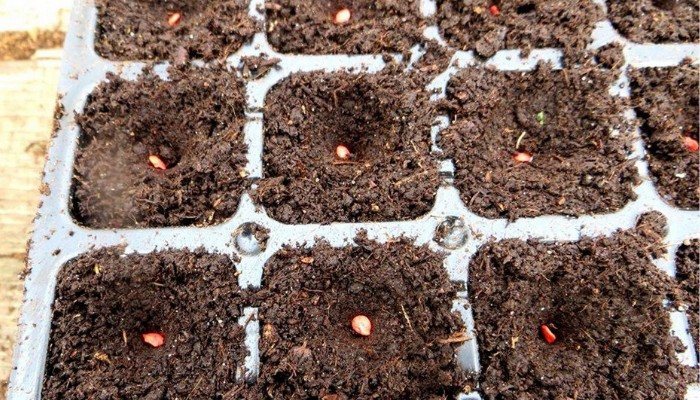
Its features:
- Eggplants are sensitive to root damage, so they are sown in separate containers. Then during disembarkation they are less injured;
- seeds are planted to a depth of at least 1 cm.
Water, cover with film, place in a warm place (250) before emergence.
Temperature and light conditions
After the sprouts appear, reduce the air temperature to 16 for a week.0. This helps strengthen the root system and slows down the growth of stems and leaves.
After this, it is gradually increased to 23-240 in the daytime, 17 degrees at night.
Seedlings require good lighting - at least 10 hours a day. To meet the need for light, additional lamps are installed. Eggplants love diffused light, but can die from direct sunlight.
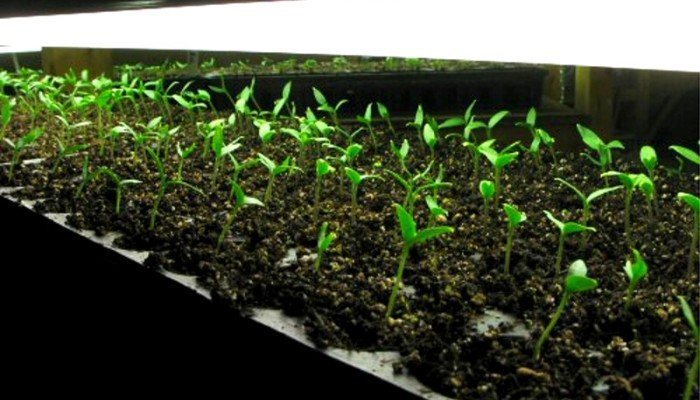
Watering and fertilizing
You need to water with warm water, previously settled. In this case, do not get on the leaves. Sprouts love moist soil, but do not tolerate drying out or waterlogging.
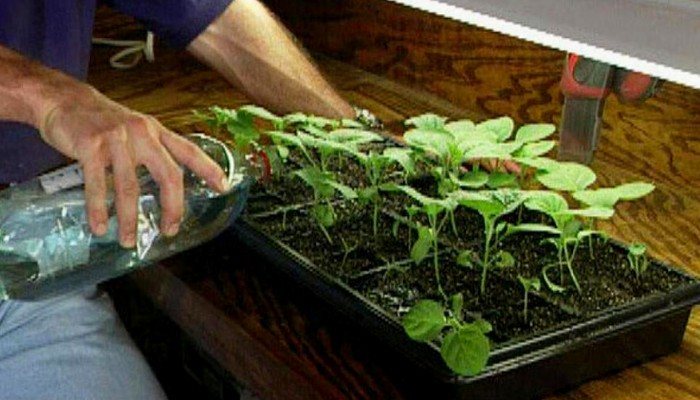
The first fertilizing is applied two weeks after germination. Then the plantings are fertilized periodically, every 10 days.
Feed with complex fertilizers containing phosphorus and potassium. The presence of nitrogen in them should be minimal. This ensures enhanced root growth and leads to strengthening of the upper part.
Plants ready for planting in greenhouses and open ground should have a height of about 25 cm, a thick stem and up to 10 leaves, possibly several buds.


